Lotus in bloom under Chinese owners
Everything about the launch of the Lotus Eletre, the brand’s first SUV, is on a scale that the storied British sports car maker has never attempted before.
Instead of a rainy test track in Norfolk the scene is the BBC’s iconic Television Centre in west London with 300 influencers, YouTubers, journalists and Lotus superfans in attendance. The highlights include a history of Lotus in dance, with legendary Lotus cars from the road and track and performers dressed as Colin and Heather Chapman, along with a sensationally-sideburned Emerson Fittipaldi, choreographed to tell the brand story in a single shot for an online audience of over one million strong. Inside the studio more dancers leap gracefully across the stage to bring the company’s new “Carved by air” design philosophy to life before Formula 1 World Champion Jenson Button (below, right) drives the Eletre out from behind its covers.
The Eletre itself is on a scale not seen at Lotus. It’s almost as long as an extended-wheelbase Range Rover, and, at 2200 kg (4851 pounds), it’s larger in every dimension than anything that has come before, which many commentators feel could be cause for concern. Its estimated $130,000 price tag is a sizable hike, too.
The emergence of the Eletre marks a massive increase in ambition for Lotus under its Chinese owner, Geely. The Eletre is the first of three new lifestyle electric vehicles which aims to drive Lotus from being a marque that sells less than 2000 cars a year to a “premium performance” manufacturer selling 100,000 vehicles a year by 2026.
Before any die-hard fans bemoan the brand’s new direction it’s worth pausing to consider the roller-coaster ride that is Lotus’ financial history. The company may have seven Formula 1 Constructors’ World Championships under its belt and have developed some of the most spectacular drivers’ cars from the little Seven, through the Elan and Esprit to the Elise, Exige and Emira, but monetary jeopardy has never been far away.

When founder Colin Chapman died in 1982 the company was mired in the DeLorean scandal, having been heavily involved in the car’s development, and close to bankruptcy. Lotus was sold to David Wickens of British Car Auctions and a team of investors who included Sir Anthony Bamford, Michael Ashcroft, and merchant bank Schroeder-Wagg. Even so, money was tight and by 1986 Lotus had been moved on to GM and Toyota. Toyota quickly sold out and GM remained at the helm until 1993 when Italian entrepreneur Romano Artioli bought the brand and brought the Elise (named after his granddaughter Elisa) to market. Although the car was a smash hit, Artioli couldn’t keep funding flowing and in came Malaysian giant Proton in 1996. Five years ago it was Chinese conglomerate Geely that took a controlling stake in Lotus and financial security finally arrived.
Lotus is now a truly international business, with its long-established home base in Hethel, Norfolk joined by a design center in Coventry, the Lotus Tech Innovation Center in Frankfurt, Germany, and a massive new manufacturing facility in Wuhan, China.
“Lotus is a Diamond in the world of Geely,” Frank Klaaas, VP of communications for Geely and head of comms at the LTIC tells Hagerty, “and with all the power of Geely this diamond can be polished.”
The spending power of Geely has so far reached £2 billion ($2.6B), with £100M sunk into the Hethel plant alone. It has allowed the Evija halo hypercar to be brought to market, and the Emira to replace the aging Elise and Exige, and while the Eletre and other lifestyle EVs will be the main payday, Hethel will continue to build sports cars into the future.

“We’re 75 years old next year and I truly believe we’re setting the future of this company for the next 75 years,” says CEO Matt Windle. “It’s a business that has got the right products and they’re still Lotus products that still have our DNA. We’ve been bouncing along at the bottom for the last 25 years and there was no money to invest in products. Our ownership structure is that obviously they’re going to want their money back, but they are focused on quality product development.”
Throughout our interviews with Lotus executives one message is constantly reiterated: every new model, be it built in China or Britain will be a true Lotus that Chapman himself would approve of.
How, you may ask, can that be true of such a large and heavy car as the Eletre, which on first impressions is the antithesis of “simplify and add lightness”?
“It’s as light as possible,” answers Peter Horbury, Senior Vice President of Design, who’s clearly rather tired of this line of questioning. “The nature of the beast, of course, is it’s difficult to say we start out with lightness but Colin Chapman actually said “add lightness” and we will do that as much as we can.”

There’s simplification and innovation throughout the vehicle, too, with a prime example being the compact three-in-one drive system which integrates the controller and reducer with the electric motor to save weight and space. Meanwhile, there’s a lightness of touch applied to the car’s UX system, designed to be simple and intuitive both to buyers expecting a digital interaction and those who prefer a more analog approach. In other words there are physical buttons alongside an AI-driven voice control system.
“The lightness will also continue to aspects of the interaction of the interior of the car. It’s about the whole experience, how easy is it to use? How lightweight is it on you as a customer to jump into the car and understand intuitively how it works?” explains design studio lead Ben Payne.
Another Lotus lynchpin, which goes back to the Eleven of 1956, is aerodynamics. “Carved by air” is the phrase used by the design team to describe the porous bodywork, which enables this beast of car to cheat the wind, with the efficiency driving increased range.

“We’ve said this is really about trying to apply hypercar design principles, we knew Lotus needed to go into a broader spectrum of markets, the first product we reveal today is an E-segment SUV. There are an awful lot of those, and generally, they all treat aerodynamics in very similar ways. They’re a big bluff-fronted of brute of an animal, and they just push the air out of the way. We wanted to give the product the real Lotus take on things and soul and give people a reason to say I understand why you’re able to place the Lotus badge on it,” says Payne.
It certainly makes the Eletre look more interesting to look at than its peers, although those rear vents particularly might prove challenging for car valets and chauffeurs the world over to keep clean.
Chauffeurs come up several times during our interviews because many Chinese buyers are expected to spend their time in the Eletre’s spacious back seat, which has led to a new level of quality for the interior design. Indeed, around a third of Eletres will be sold in China, with a third in Europe and the rest in the U.S.A, says Windle.
Outside of Lotus’ “second home” market, the demands will be rather different and buyers who know the brand’s history will have high expectations. Lotus insists it is still “For the drivers” and the Eletre will be no exception.
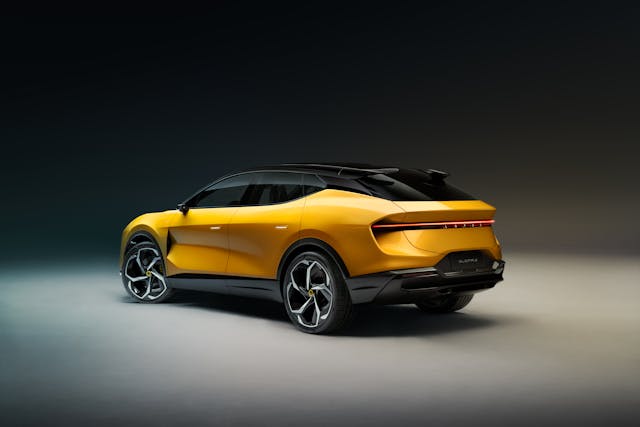
“We knew it was going to be fully electric, it was going to have a lot of power and we wanted it to be dynamically engaging. It didn’t have to be aggressive or frantic, but it had to be everything you want from it,” says Gavan Kershaw Director, Attributes and Product Integrity.
LTIC’s Frank Klaas adds that this includes the ability to go drifting should you feel the desire. “Our new generation ESP for electric engines is working perfectly but not killing the driving performance so that you can have the fun if you like to go a little bit sideways. It’s not killing the feeling and the Lotus spirit is fully alive.”
Like many people, we were initially shocked by Lotus’ change in direction, but now having spent time with the people steering the company we’re feeling rather positive about the brand’s electric future.

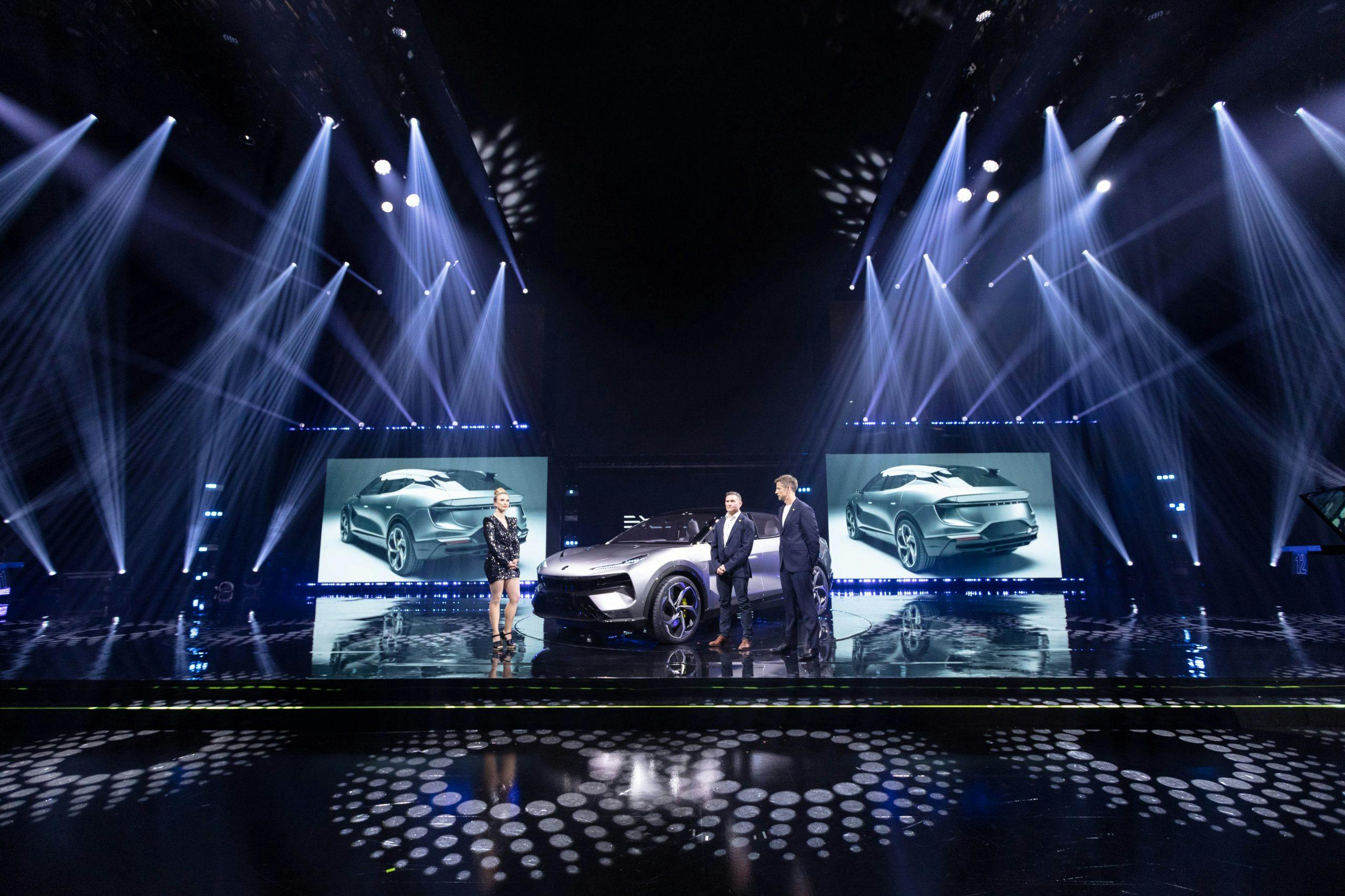
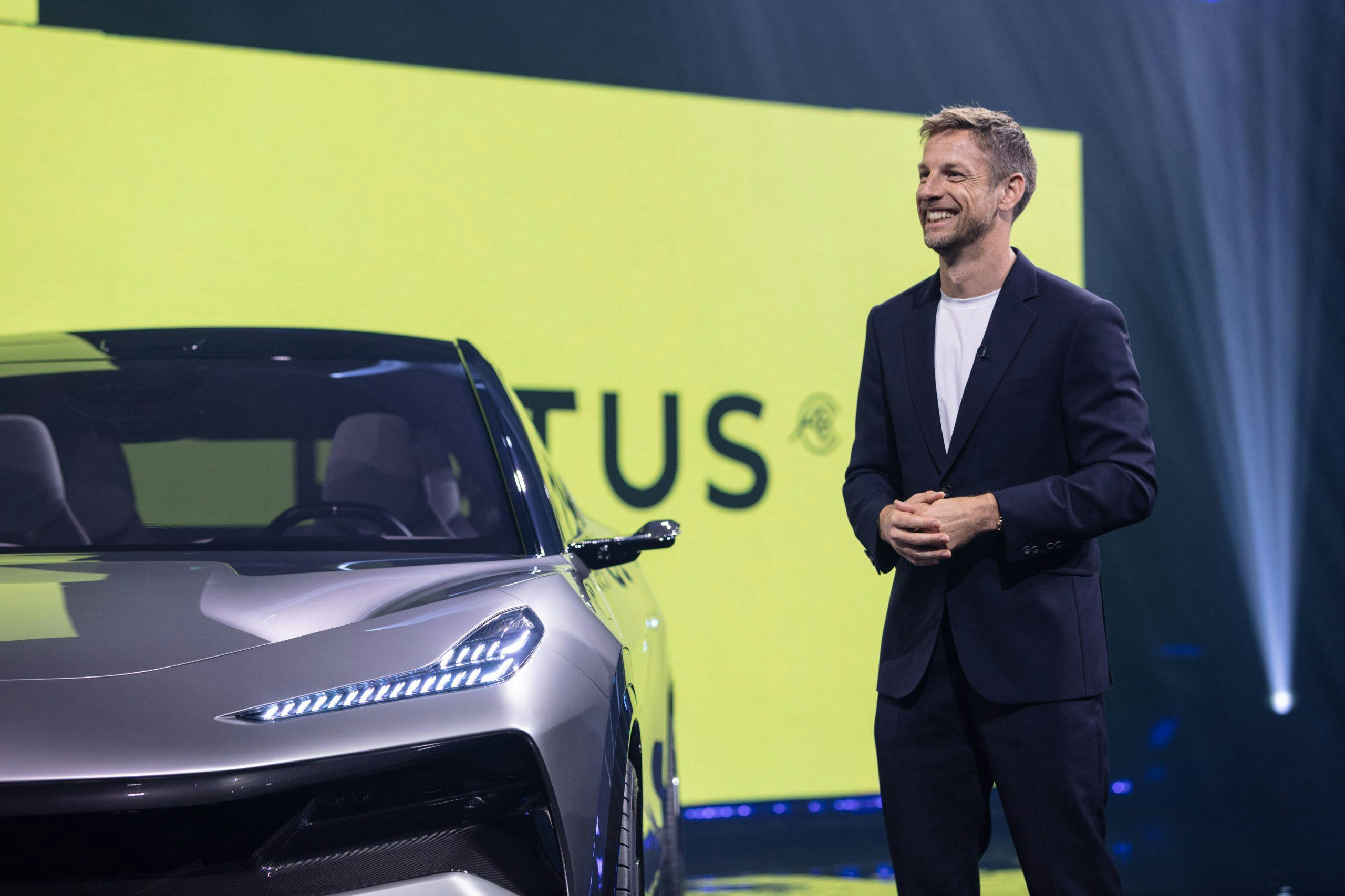

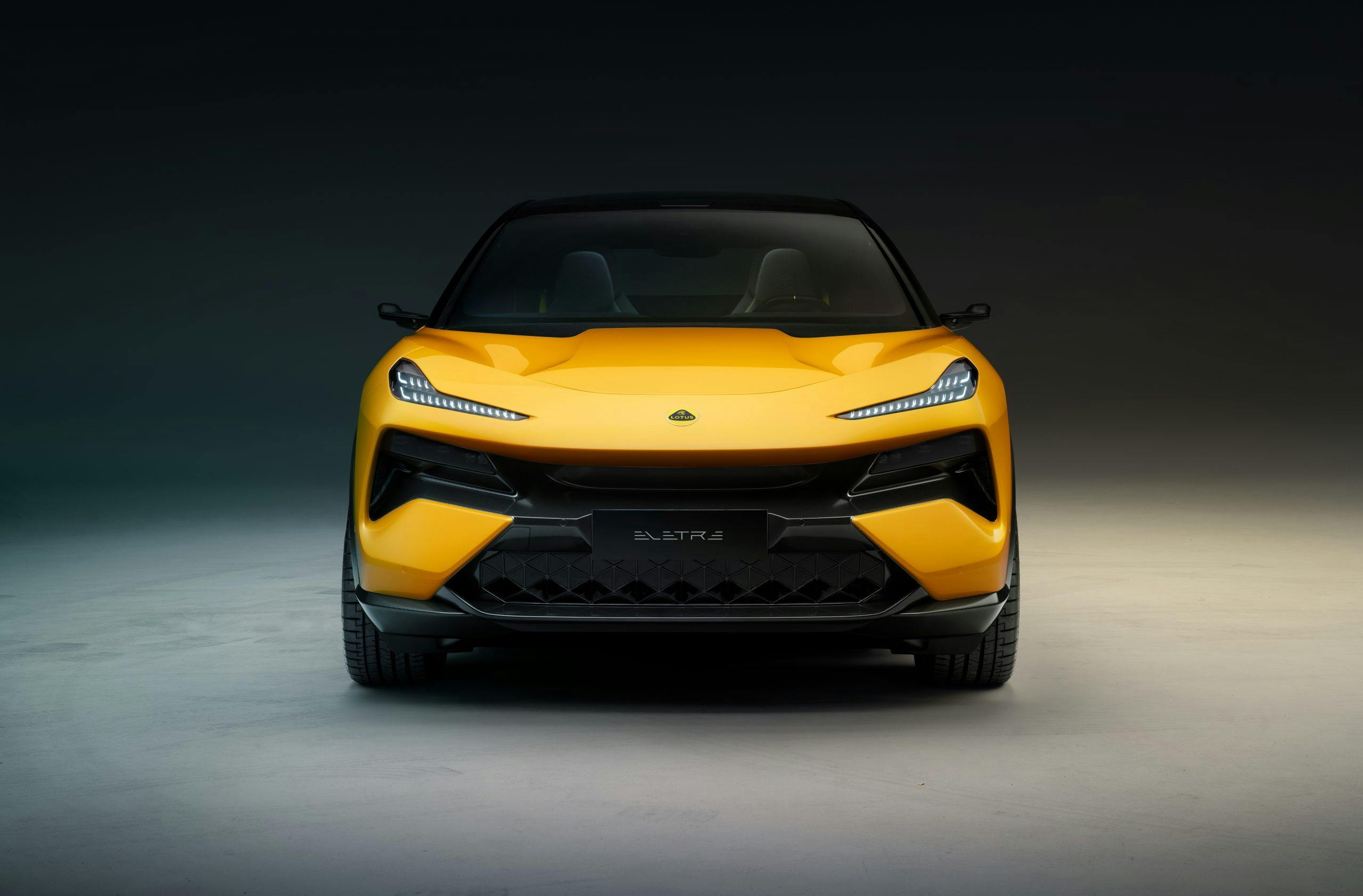

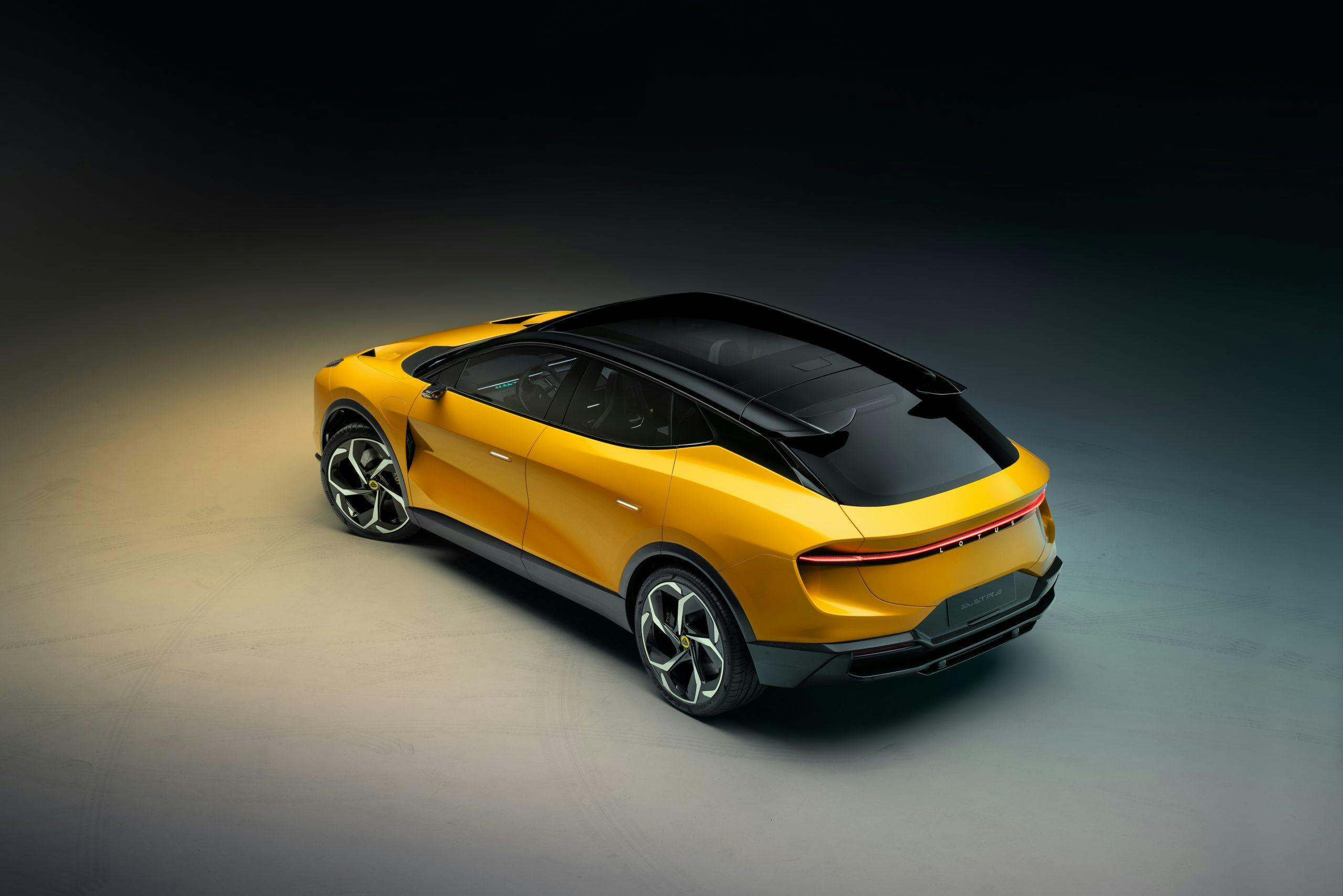

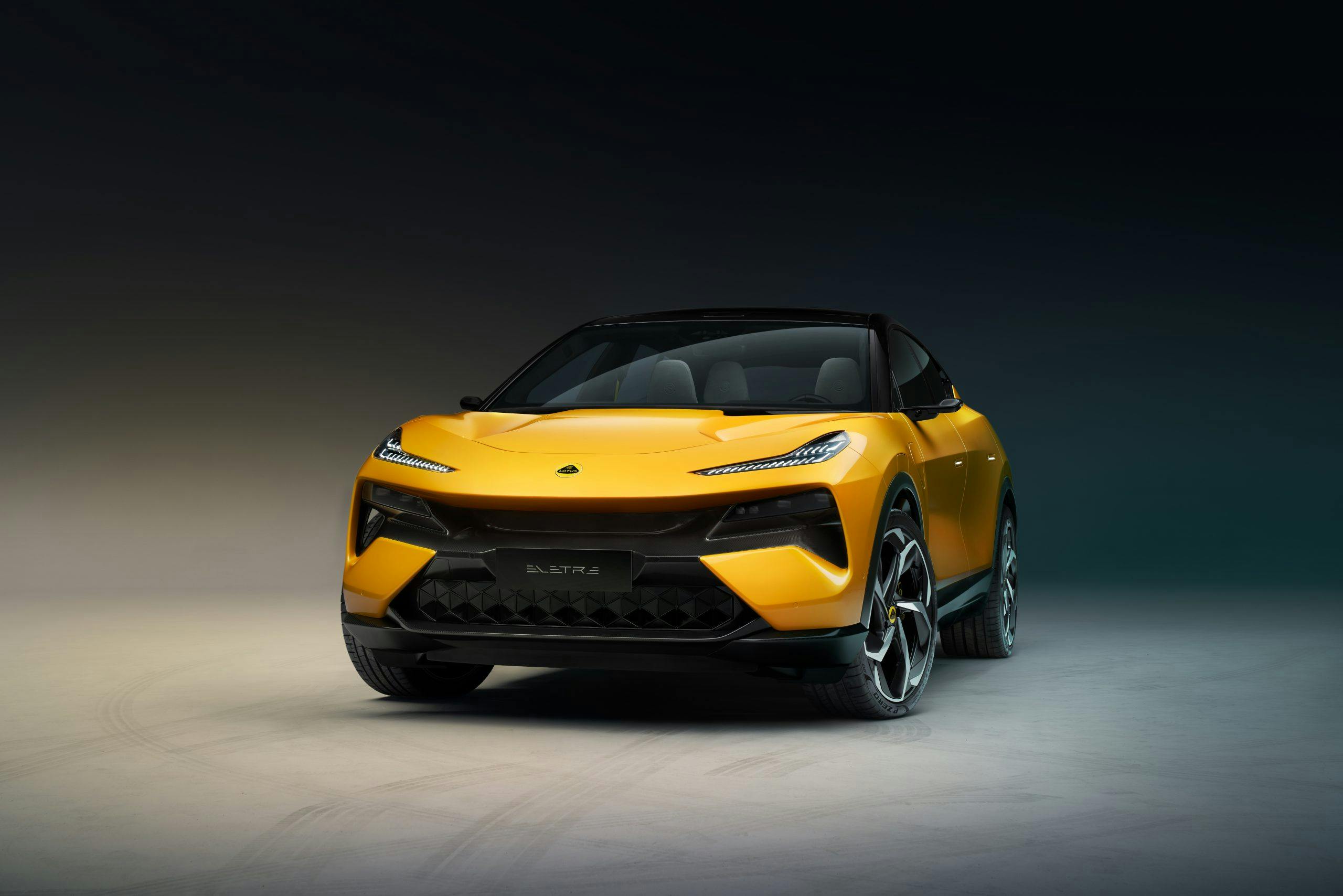



Interesting I Wish Lotus well.